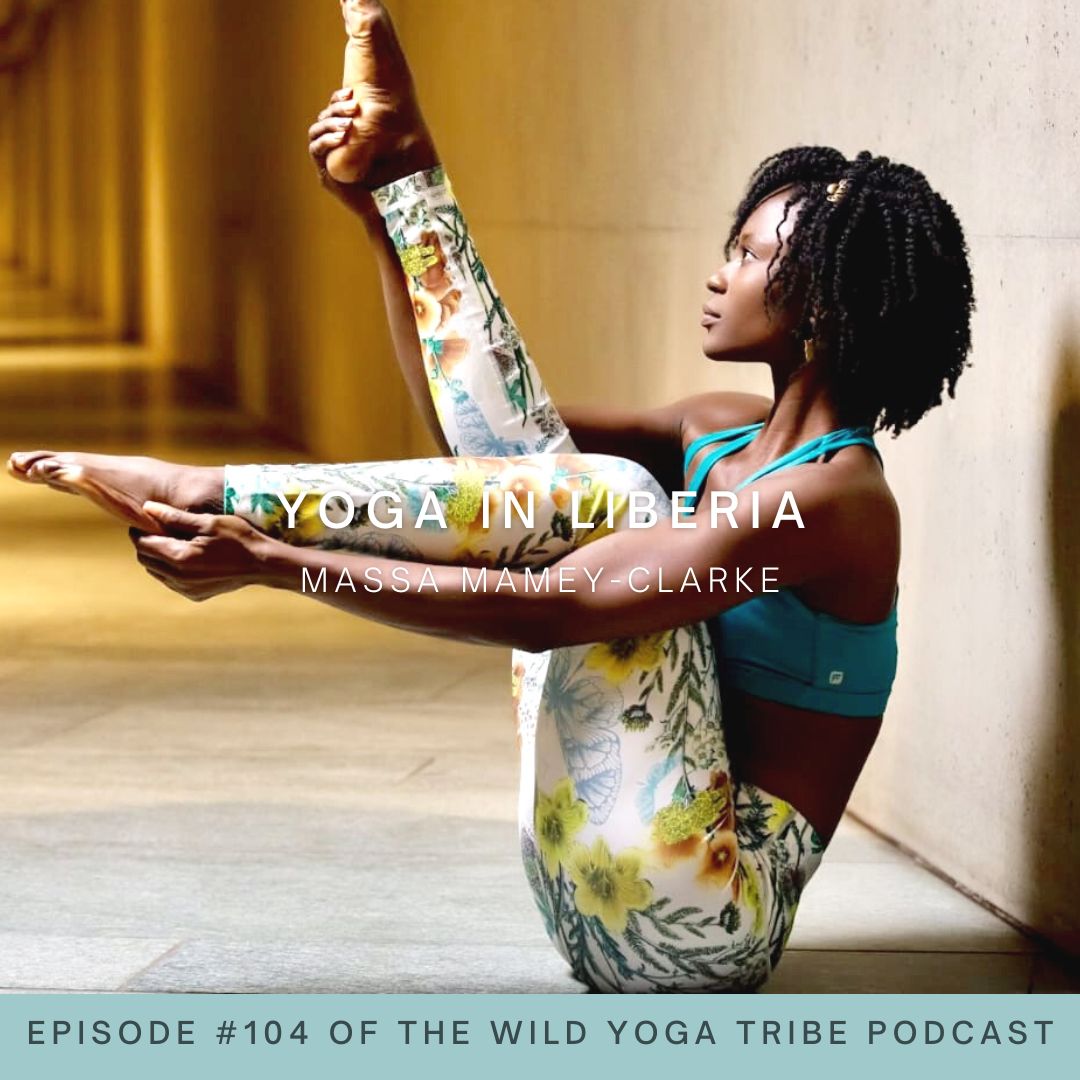
Jnana Yoga is one of the three paths to liberation and salvation, and it is known as the Path of Wisdom. Rather than the Path of Action (Karma Yoga), or the Path of Devotion (Bhakti Yoga), the Path of Wisdom is the way to enlightenment by both through knowledge and wisdom, this path can involve study of scriptures, training, and meditation.
The intention of Jnana Yoga is to utilize the mind to uncover the truth that lies behind the actual mind. There needs to be complete renunciation and a profound desire to eradicate all illusions from the mind. Jnana yoga, as the path of knowledge indeed requires a proclivity towards philosophical reflection. It requires an immense amount of study and meditation. Jnana Yoga practitioners much practice mental techniques which includes self-questioning and reflection.
Tell me more about Jnana Yoga…
Jnana Yoga attests that knowledge is inseparable from the total experience of matter. Practitioners of Jnana Yoga seek a personal experience relating to the knowledge of absolute truth, or universal consciousness, or of God. Through this experience and this knowledge, through unraveling gall the subtleties of the scriptures and by reflecting on teachings, an epiphany can occur that builds an intellectual understanding of God, Truth, and Consciousness.

In Jnana yoga, the mind is utilized to delve into its very own nature and to transcend the mind’s grasping and identification with its thoughts and ego. Moreover, the goal is to release all illusory thoughts and perceptions, and for the soul, called Atman, to merge with the oneness of life, called Brahman.
The Four Pillars of Knowledge
The path of Jnana Yoga is outlined by the Four Pillars of Knowledge, Viveka (discernment), Vairagya (detachment), Shatsampat (six virtues), and Mumukshutva (yearning).
Viveka, known as discernment, is cultivating the ability to discern between the real and the unreal, the self and the non-self.
Vairagya, known as detachment, is working towards experiencing nonattachment from all things.
Shatsampat, the six virtues, are six mental practices which help to shed illusions. The six virtues include, calmness, restraint, renunciation, endurance, faith/trust, and concentration.
Mumukshutva, which is yearning, is experiencing an ardent desire to become liberated from suffering. Through this desire, all other desires become secondary and simply fall away.
As always, thanks for being a part of the Wild Yoga Tribe!
Want more? Head on over to the main Wild Yoga Tribe podcast page!
https://wildyogatribe.com/podcast/
Tune into the podcast on Apple Podcasts or on Spotify! If you feel called, please subscribe and give a review!
Questions? Comments? Let’s get social!
https://www.instagram.com/wildyogatribe/
https://www.facebook.com/wildyogatribe
https://twitter.com/wildyogatribe
Mediate with me: https://insig.ht/6gFTaXHlogb
Flow with me: https://www.youtube.com/c/WildYogaTribe
Book a private yoga or meditation class with me: https://wildyogatribe.com/yogaclasses
Everything you need is just one click away! Check out all the resources here: https://linktr.ee/wildyogatribe






